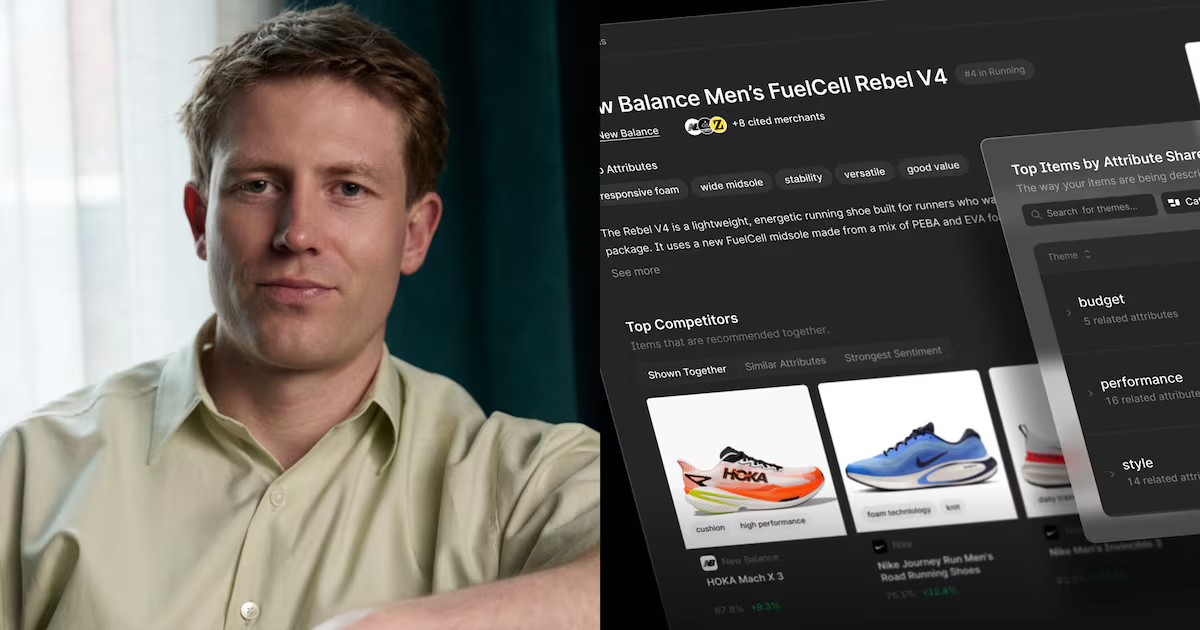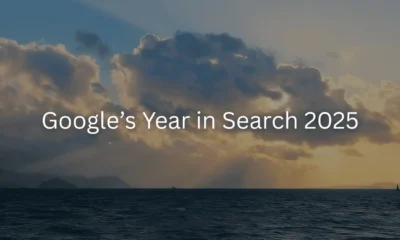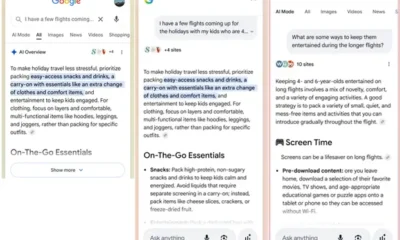SEO
Q&A on Semantic HTML, Search & Google Search Console [Podcast]
![Q&A on Semantic HTML, Search & Google Search Console [Podcast] Q&A on Semantic HTML, Search & Google Search Console [Podcast]](https://articles.entireweb.com/wp-content/uploads/2023/03/QA-on-Semantic-HTML-Search-Google-Search-Console-Podcast.jpg)
Curious about how to improve your website’s SEO with Semantic HTML and Google Search Console?
Google’s very own Martin Splitt joined me on this very special episode of the SEJ Show to share his thoughts and opinions on various technical SEO topics, such as Semantic HTML, Google Search Console, indexing, and client-side rendering.
Learn how to better leverage these powerful tools to improve your website’s SEO.
[Prefer to watch instead? Get access to the on-demand video.]
I would say make sure that you are focusing on the content quality and that you are focusing on delivering value to your users. Those have been, will always be, and are the most important things. Everything else should follow from that. –Martin Splitt
Suppose you are fine-tuning technical details or your website’s structure or markup. In that case, you are likely missing out on the more significant opportunities of asking yourself what people need from your website. –Martin Splitt
This question keeps coming up. This is not the first time and will not be the last time this question will come up and continue to be asked. I don’t know why everyone thinks about who, what value, or who. It’s about structure. I can’t emphasize this enough: If you choose to have H1s as your top-level structure of the content, that’s fine. It just means that the top level of the content is structured along the H1s. –Martin Splitt
[00:00] – About Martin
[02:47] – Why Semantic SEO is important.
[04:22] – Is there anything that can be done within Semantic HTML to better communicate with Google?
[06:02] – Should schema markup information match what’s in the document?
[08:24] – What parts of Semantic search does Google need the most help with?
[09:19] – What is Martin’s opinion on header tags?
[14:22] – Is the responsibility of implementing Semantic HTML on the SEO or the developer?
[16:19] – How accessible is Semantic HTML within a WordPress, or Gutenberg-style
environment?
[19:58] – How compatible is Semantic HTML with WCAG?
[21:08] – What is the relationship of Semantic HTML to the overall concept of the Semantic web RDF, etc.?
[25:04] – Can the wrong thumbnails be rectified utilizing Semantic HTML?
[28:42] – Is there another type of schema markup that can still refer to the organization and use IDs on article pages?
[32:10] – Can adding schema markup to show the product category hierarchy and modifying HTML help Google understand the relationship between the product and its category?
[33:49] – Is preserving header hierarchy more critical than which header you use?
[36:36] – Is it bad practice to display different content on pages to returning users versus new users?
[40:08] – What are the best practices for error handling with SPAs?
[45:31] – What is the best way to deal with search query parameters being indexed in Google?
[48:02] – Should you be worried about product pages not being included within the XML site map?
[50:26] – How does Google prioritize headers?
[56:00] – How important is it for developers and SEOs to start implementing Semantic HTML now?
[57:31] – What should SEO & developers be focusing on?
If you understand that it’s a 404, you have two options because two things can happen that you don’t want to happen. One is an error page that gets indexed and appears in search results where it shouldn’t. The other thing is that you are creating 404s in the search console and probably muddling with your data. –Martin Splitt
If you have one H1 and nothing else under it except for H2s and then content H2 and then content H2, that doesn’t change anything. That means you structured your content differently. You didn’t structure it better. You didn’t structure it worse. You just structured it differently. –Martin Splitt
[Get access to the on-demand video now!]
Connect With Martin Splitt:
Martin Splitt – the friendly internet fairy and code magician! He’s a tech wizard from Zurich that has magic fingers when it comes to writing web-friendly code.
With over ten years of experience as a software engineer, he now works as a developer advocate for Google. A master of all things open source, his mission is to make your content visible in any corner of cyberspace – abracadabra!
Connect with Martin on LinkedIn: https://www.linkedin.com/in/martinsplitt/
Follow him on Twitter: https://twitter.com/g33konaut
Connect with Loren Baker, Founder of Search Engine Journal:
Follow him on Twitter: https://www.twitter.com/lorenbaker
Connect with him on LinkedIn: https://www.linkedin.com/in/lorenbaker

















